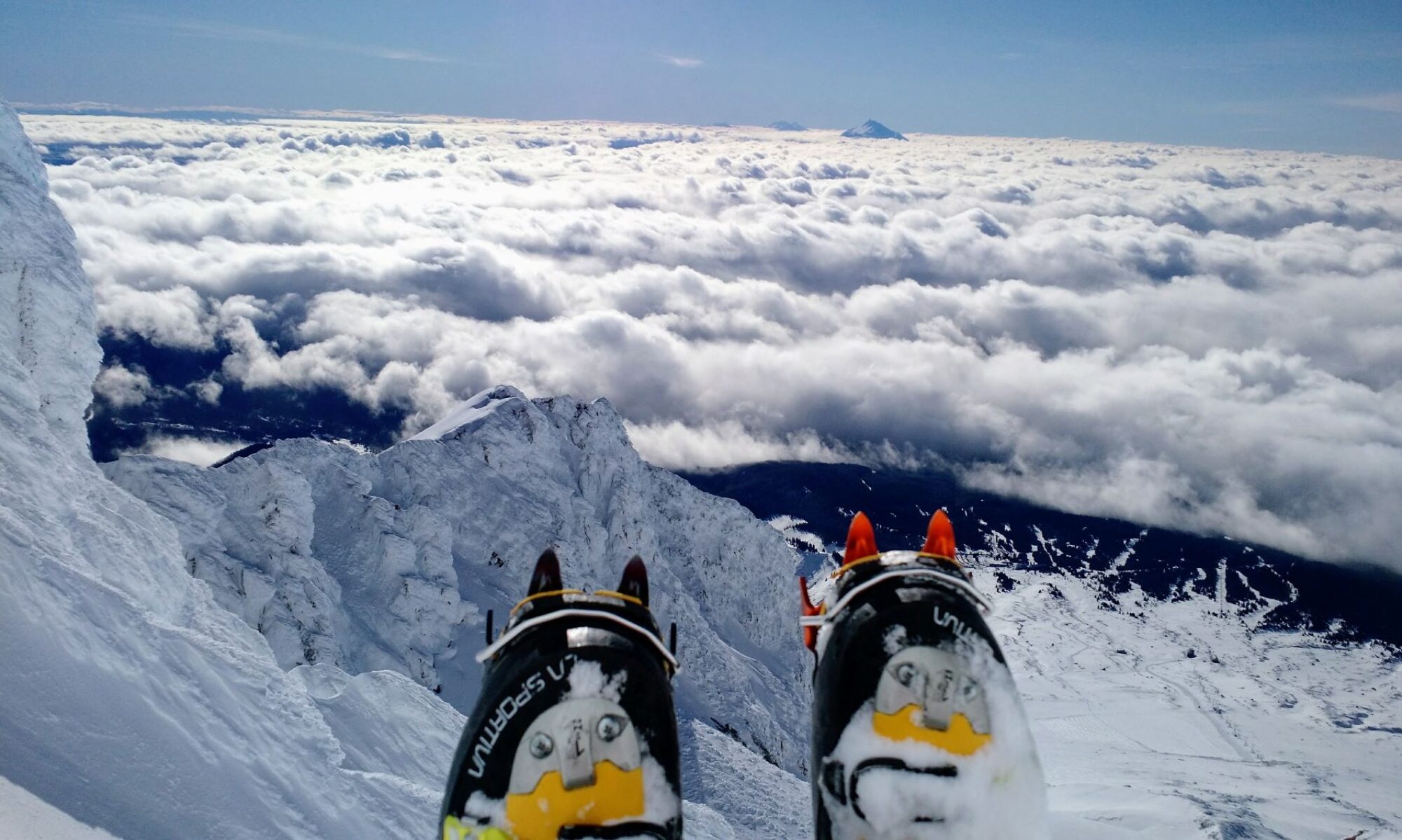by Debbie Dwelle, Mazama President
As I contemplated the theme for this Bulletin, Health and Fitness, I felt drawn to something I hold dear, which is creating and sustaining a healthy culture within the Mazamas. As I wrote about last month, the Board and Rebekah have been diligently working through the strategic planning process. Throughout this work, I keep mentally returning to the saying “culture eats strategy for breakfast,” by Peter Drucker. The idea is that if we don’t have a healthy culture, we significantly decrease our chances of being successful in our strategic objectives.
With that in mind, the board has been discussing what a healthy board culture looks like and working to embody these elements as we move through our work together. First and foremost, our board culture is driven by our mission and values. From there, we are focused on the following areas:
- Collaborative: respect, trust, hospitable
- Diverse: backgrounds, opinions, ways of thinking
- Accountable: to the organization, to each other
- Inquisitive: engaged, curious, questioning
- Disciplined: focused, prepared, consistent
- Ambassador: reputation, good will, public relations
- Data driven: assessing ourselves and the organization
- Decisive: having focused agendas, measurable results, and being outcome-oriented
As I broaden that to consider a healthy volunteer culture, I believe it is one where volunteers feel valued, supported, and motivated to contribute their time and skills in meaningful ways. It promotes a positive environment that nurtures both the individual volunteer and the organization they support. Here are some key characteristics of a healthy volunteer culture:
- Clear Purpose and Goals: Volunteers understand the mission of the organization and how their work contributes to its overall goals. They feel that their efforts make a real impact.
- Inclusivity: A healthy volunteer culture is inclusive, welcoming individuals from diverse backgrounds and ensuring that everyone feels they have a place to contribute.
- Respect and Recognition: Volunteers are treated with respect and appreciation. Acknowledging their contributions through thank-yous, celebrations, or small gestures of appreciation helps foster a sense of belonging.
- Effective Communication: Open and honest communication ensures that volunteers are well-informed and have the opportunity to ask questions or provide feedback. They also know who to turn to for support.
- Training and Development: Volunteers are given the training and resources they need to succeed. Continuous learning opportunities allow them to grow in their roles and take on new challenges.
- Supportive Leadership: Leaders provide guidance, mentorship, and encouragement. They are approachable, empathetic, and actively engage with volunteers, creating an environment where everyone feels supported.
- Flexibility: Volunteers are able to engage with flexible schedules and roles that suit their availability and interests. This makes the volunteer experience more sustainable and enjoyable.
- Collaboration: Volunteers work together as a team, fostering a sense of camaraderie and shared purpose. Team-building activities or group/committee projects can strengthen relationships.
- Feedback and Growth: Volunteers receive constructive feedback on their performance, as well as opportunities to share their own suggestions for improvement. This promotes a continuous cycle of growth and positive change.
- Wellness and Balance: A healthy volunteer culture recognizes the importance of balance, ensuring volunteers do not experience burnout by setting clear boundaries and encouraging them to take care of themselves.
Overall, it’s about creating a positive, supportive environment where volunteers feel motivated, appreciated, and empowered to contribute in ways that align with both their personal values and the organization’s mission.
One of our strategic priority areas is focused on member and volunteer engagement. Working together to foster a healthy culture will absolutely support our success in this domain. Given you all are critical to creating and sustaining a healthy culture in the Mazamas, I invite you to contemplate what a healthy culture looks like to you. Here are a few questions for consideration:
- What do you value in the community and culture of the Mazamas?
- If you are a leader, what are you modeling for others? If you are not a leader, what do you see being modeled by leaders?
- What areas are we doing well with regard to creating a positive community and culture?
- What areas could our sense of community and culture could be improved?
- What role can you see yourself playing in supporting a healthy culture?
As the board continues to move through the strategic planning process, we believe having a healthy culture is interwoven with all of our values: Inclusion, Safety, Education, Service, and Sustainability. We are incorporating all of these elements as we continue diligently working on defining and refining our goals, tactics, metrics, and key performance indicators for the next 3 years. I loved Rebekah’s vision of vitality—an active, connected, and strong Mazamas creating our future together. Let’s all work together to create and sustain a culture that realizes this vision!




